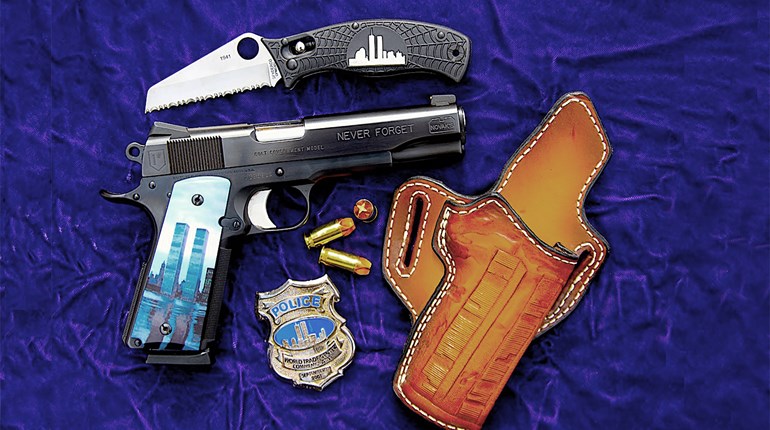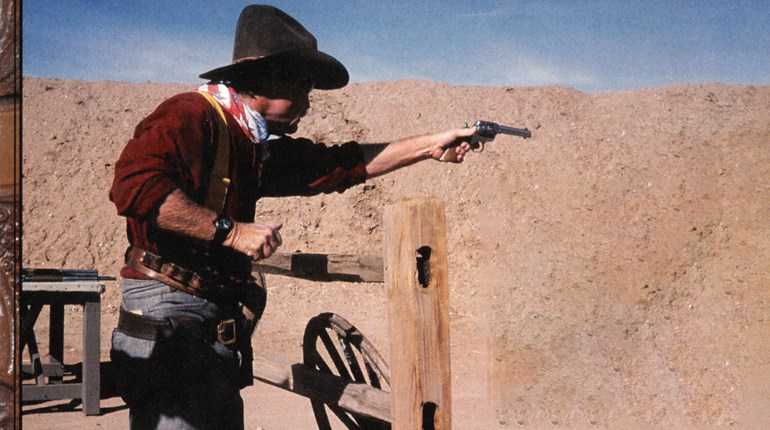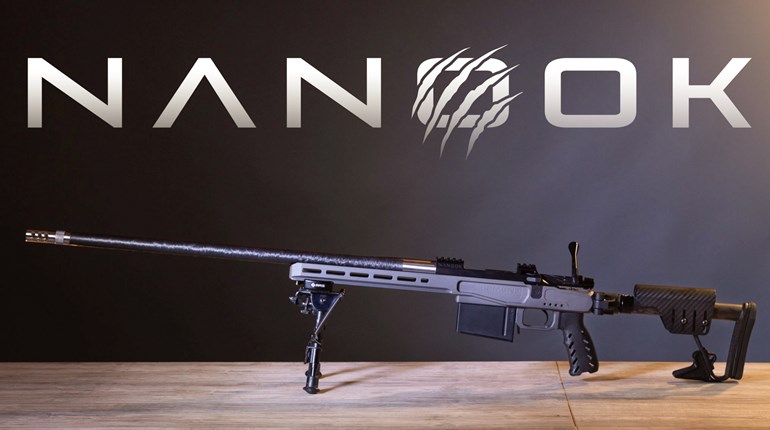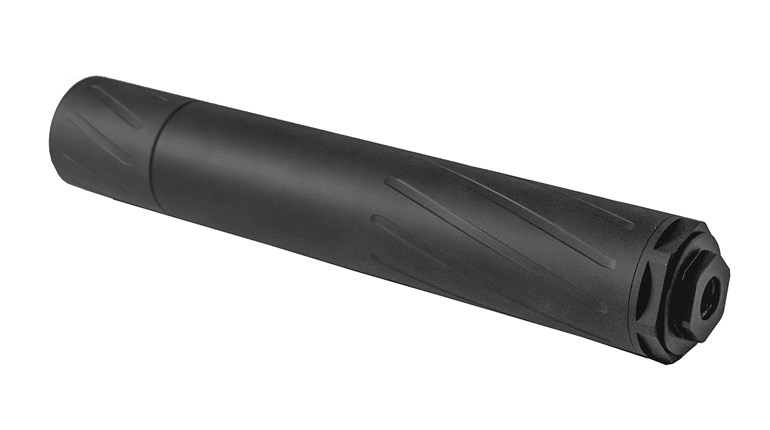
Known for its takedown AR-pattern rifles, DRD Tactical raises the bar for portability with .338 Lapua Mag. Kivaari takedown rifle that fits in a small(ish) case.
Designed around DRD Tactical’s AR-based takedown system, the company’s new .338 Lapua Mag. rifle encompassed significantly more research and development than its CDR-15 and Paratus models for which it is famous. Called the Kivaari (which means “rifle” in Finnish, fitting since final development of the .338 Lapua Mag. round was completed in Finland), the rifle uses the same patented method of take-down as its 5.56 NATO and .308 Win. counterparts. This allows this larger .338 Lapua Mag. rifle to be assembled without tools in about 30 seconds—and taken down about as fast.

The Kivaari ships as components in a hard case (a soft-case version is also available). To assemble the rifle, lock the bolt to the rear, put the AR-type safety on and insert the barrel and gas tube into the front of the receiver—yes, the Kivaari operates by direct-gas transfer (often called “impingement”). The barrel comes with a cap held on by the barrel nut, which protects the gas tube and it is first unscrewed and removed to assemble the Lothar Walther Match barrel.
With the barrel firmly in place, the barrel nut is screwed tight by hand. The special freefloat 7075 T6 alloy handguard is then slipped over the muzzle after rotating the locking-cam lever out to expose the retaining pin, and then pulling the pin out as far as it will go. With the handguard in place against the receiver, the retaining pin is pushed in from the right and the cam lever is rotated forward. This action squeezes the slotted rear of the handguard tightly against the barrel nut, preventing it from rotating. The Kivaari is then ready to load in the normal manner.

The rifle’s 24.5-inch Lothar Walther barrel has a 1:10-inch twist with a 3⁄4x24 tpi threaded muzzle, and comes with a muzzle brake to mitigate what would otherwise be quite significant felt recoil. The handguard has a full-length top rail, which mates with the rail on the receiver, and a short rail section at the front of the fore-end at 6 o’clock for a bipod. The handguard has M-Lok mounting slots, which makes adding rail sections or dedicated accessories easy.
As with DRD’s Paratus, the Kivaari comes with a non-reciprocating, folding charging handle on the left side of the receiver. This makes charging the rifle easier than with a traditional, AR-style charging handle and also attenuates gas bleeding from the rear of the receiver when a suppressor is used. Providing protection to the inner portion of the upper receiver, where the bolt’s cam pin makes contact during unlocking, a hardened-steel plate is semi-permanently implanted. The upper receiver is devoid of both a dust cover and a forward assist.

Finished in nickel boron, the Kivaari’s bolt group consists of essentially the same components as an AR-10, but much larger. With seven massive lugs, the bolt leaves a space for a wide extractor with the spring-loaded ejector in the bolt face. The firing pin uses a return spring with a solid retaining pin, but the cam pin differs. Like the original Stoner AR-10A sold to Colt in 1959, the Kivaari’s cam pin has a roller bearing, which contributes to the rifle’s smooth operation. An enlargement at the rear prevents tilting of the carrier, which is 1 inch in diameter.
My test sample Kivaari came with a Wilson Combat two-stage, 4.5-pound match trigger, a Troy Industries ambidextrous magazine release and a Phase 5 Tactical ambidextrous bolt hold-open/release. On both sides of the lower receiver is a grooved portion for the user to index the trigger finger when not on target. An Ergo Grip comes standard, as does the fully adjustable Precision Rifle Stock from Magpul. No sights are furnished with the Kivaari, leaving the choice of optics to the end user. The choice of a suppressor is also left to the customer. I tested the rifle with a Harris Bipod attached to a LaRue Tactical Quick Mount, but other bipod options will work with the Kivaari.

The Kivaari comes in a fitted, closed-cell SKB case, which is shorter than a standard rifle version because of this Lapua Mag.’s takedown design. In the case are cutouts for components: two 10-round magazines, a scope, suppressor, bipod and a barrel-nut wrench. A Tactical Tailor Trekker backpack with hook-and-loop straps for some of those components is another option if the user prefers a lighter-weight case for portability. The Kivaari is offered in black or tan Cerakote, or the new Battle Worn finish on the test sample in tan Cerakote while leaving the barrel, pistol grip and stock black.
I tested the Kivaari with a Nightforce ATACR 5-25x56 mm and also with a Leupold Mark 4 3-10x42 mm. In addition to the muzzle brake that came with the rifle, I tested the new .338 Lapua Mag. muzzle brake from Smith Enterprises, and the combination muzzle brake/suppressor mount from SureFire, with those aftermarket options being a bit more effective than the factory version. Felt recoil with both the Smith and the SureFire was about that of a .308 Win. rifle.

For accuracy testing, the Kivaari was fired from the bipod that came with the gun off a bench at 100 and 400 yards using ammunition from Black Hills, Cor-Bon, Hornady and Lapua. Accuracy was excellent, and no malfunctions occurred.
Of outstanding quality throughout, the Kivaari is well suited for any extended long-range precision shooting.






































